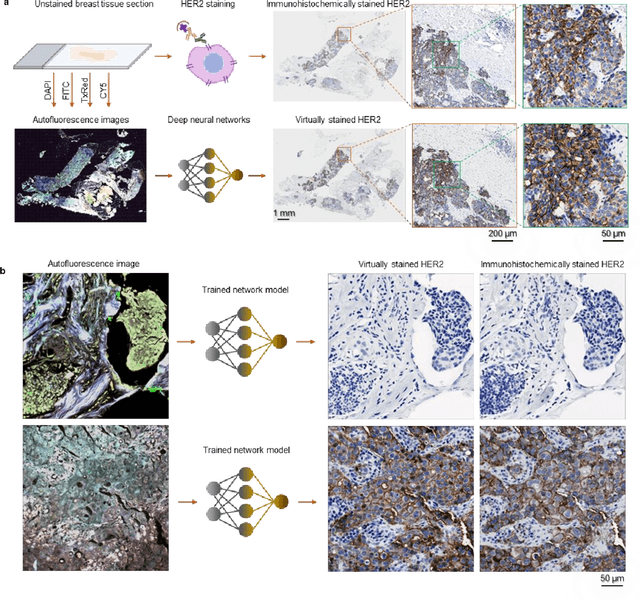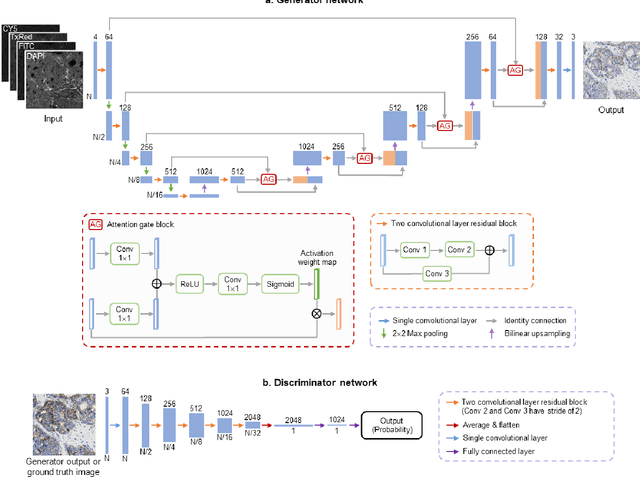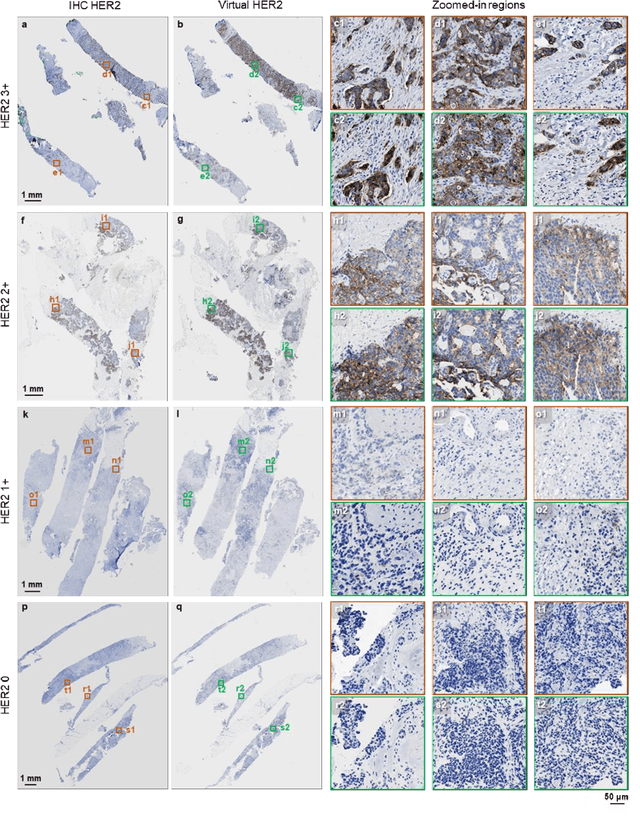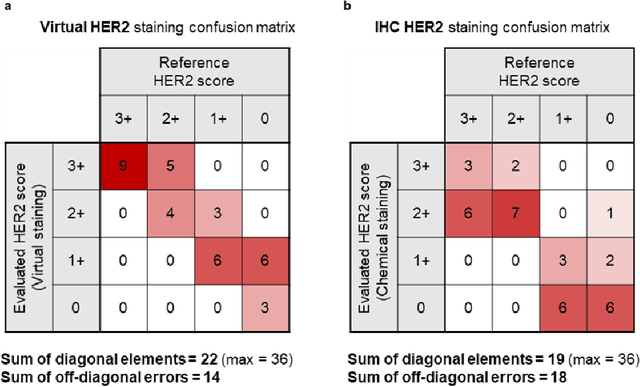Yujie Wan
Edge Collaborative Gaussian Splatting with Integrated Rendering and Communication
Oct 26, 2025Abstract:Gaussian splatting (GS) struggles with degraded rendering quality on low-cost devices. To address this issue, we present edge collaborative GS (ECO-GS), where each user can switch between a local small GS model to guarantee timeliness and a remote large GS model to guarantee fidelity. However, deciding how to engage the large GS model is nontrivial, due to the interdependency between rendering requirements and resource conditions. To this end, we propose integrated rendering and communication (IRAC), which jointly optimizes collaboration status (i.e., deciding whether to engage large GS) and edge power allocation (i.e., enabling remote rendering) under communication constraints across different users by minimizing a newly-derived GS switching function. Despite the nonconvexity of the problem, we propose an efficient penalty majorization minimization (PMM) algorithm to obtain the critical point solution. Furthermore, we develop an imitation learning optimization (ILO) algorithm, which reduces the computational time by over 100x compared to PMM. Experiments demonstrate the superiority of PMM and the real-time execution capability of ILO.
Label-free virtual HER2 immunohistochemical staining of breast tissue using deep learning
Dec 08, 2021



Abstract:The immunohistochemical (IHC) staining of the human epidermal growth factor receptor 2 (HER2) biomarker is widely practiced in breast tissue analysis, preclinical studies and diagnostic decisions, guiding cancer treatment and investigation of pathogenesis. HER2 staining demands laborious tissue treatment and chemical processing performed by a histotechnologist, which typically takes one day to prepare in a laboratory, increasing analysis time and associated costs. Here, we describe a deep learning-based virtual HER2 IHC staining method using a conditional generative adversarial network that is trained to rapidly transform autofluorescence microscopic images of unlabeled/label-free breast tissue sections into bright-field equivalent microscopic images, matching the standard HER2 IHC staining that is chemically performed on the same tissue sections. The efficacy of this virtual HER2 staining framework was demonstrated by quantitative analysis, in which three board-certified breast pathologists blindly graded the HER2 scores of virtually stained and immunohistochemically stained HER2 whole slide images (WSIs) to reveal that the HER2 scores determined by inspecting virtual IHC images are as accurate as their immunohistochemically stained counterparts. A second quantitative blinded study performed by the same diagnosticians further revealed that the virtually stained HER2 images exhibit a comparable staining quality in the level of nuclear detail, membrane clearness, and absence of staining artifacts with respect to their immunohistochemically stained counterparts. This virtual HER2 staining framework bypasses the costly, laborious, and time-consuming IHC staining procedures in laboratory, and can be extended to other types of biomarkers to accelerate the IHC tissue staining used in life sciences and biomedical workflow.
 Add to Chrome
Add to Chrome Add to Firefox
Add to Firefox Add to Edge
Add to Edge